Tuscany has transformed itself over the past half-century into one of the preferred destinations for contemporary Japanese artists, attracted by the millennia-old tradition of marble and bronze working, the beauty of the landscapes and a cultural environment that fosters dialogue between Eastern and Western traditions. From the quarries of Carrara to the ateliers of Pietrasanta, from the hills of Chianti to the walls of San Gimignano, a large community of Japanese sculptors, painters and ceramists has found in this region the ideal terrain for developing artistic research that combines ancient Japanese wisdom with the techniques and materials of the Tuscan tradition.
This phenomenon of artistic migration has its roots in the second half of the twentieth century, when Japan, by then fully included in international art circuits, saw many of its most promising artists undertake training trips to Europe. Tuscany, with its artistic heritage and its vocation for welcoming different cultures, proved particularly magnetic for those Japanese sculptors who sought not only to perfect their techniques but also to build bridges between two seemingly distant aesthetic worlds.

Among the first to chart this course is Hidetoshi Nagasawa (Tonei, 1940 - Ponderano, 2018), a figure of reference for many subsequent generations of Japanese artists. Born in Manchuria in 1940 and arriving in Italy in 1967 after an epic bicycle journey through Asia and Europe, Nagasawa established a special relationship with Tuscany, where he created some of his most significant works. His presence is tangible in several locations in the region: in Certaldo, at the Palazzo Pretorio, one can admire the evocative 2001 Tea House Garden, an installation that transforms the exhibition space into a place of contemplation where Zen aesthetics merge with medieval Tuscan architecture. In Quarrata, at the Medici Villa La Magia, the artist created in 2008 the Giardino rovesciato, a work that overturns the traditional canons of the Japanese garden to create a new poetic landscape. The Gori collection in Pistoia also holds several of the artist’s works, evidence of a deep and enduring bond with the Tuscan territory.
Nagasawa’s work is characterized by what Francesco Poli has called a “highly original dialectical synthesis between ’Western’ modes of operation (linked to the poverist processual area) and cultural and philosophical values of an Eastern matrix.” His Tuscan installations perfectly embody this philosophy, creating spaces where Eastern meditation confronts European history and art, generating new forms of beauty and meaning.
Equally significant was the presence of Isamu Noguchi (Los Angeles, 1904 - New York, 1988), a sculptor and designer who, although American by birth, always maintained strong ties to his Japanese origins. In the 1970s and 1980s, Noguchi worked intensively in Pietrasanta, where he had arrived in 1962 and then returned regularly, and where the marble quarries and skilled local artisans offered him the opportunity to create some of his most monumental sculptures. His approach to the material, which combined an Eastern sensibility for pure forms with the Western sculptural tradition, left a deep imprint on the Pietrasentine artistic community, even influencing many Japanese artists who later chose to settle in this town. Today, the Pietrasanta Museum of Sketches preserves some of his works.
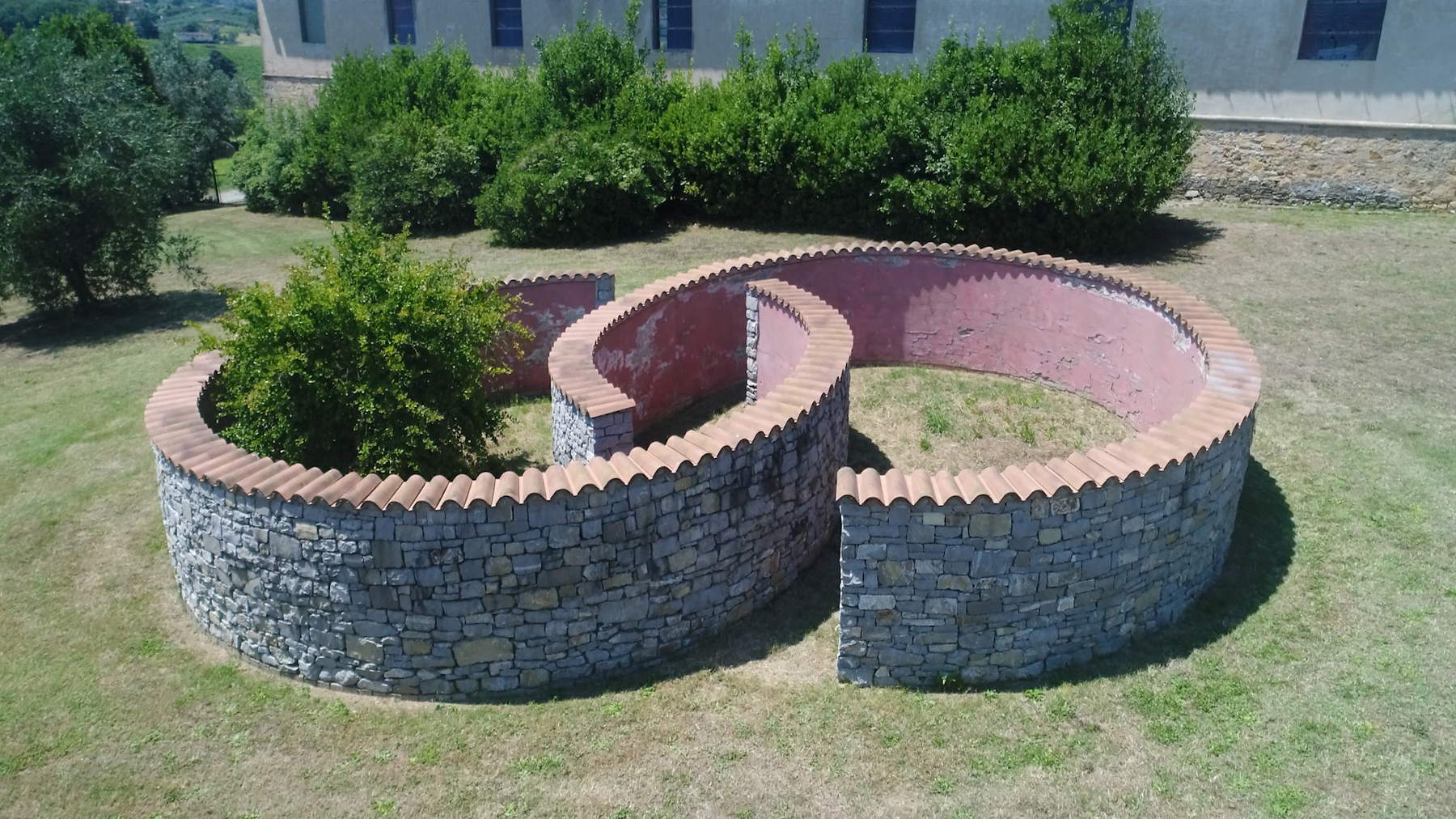
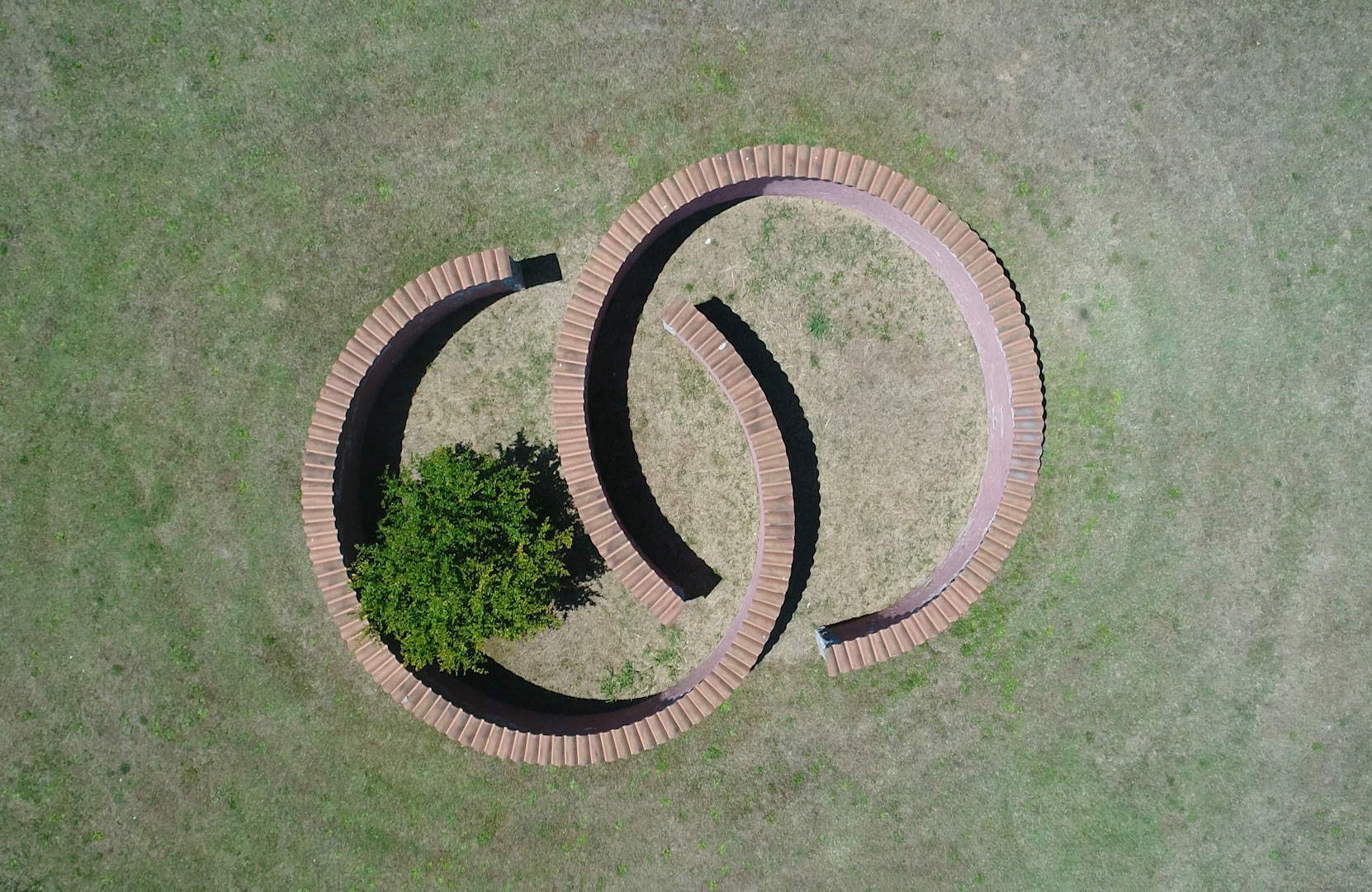
Carrara represents the living heart of the Japanese presence in Tuscany. Over the decades, the city of marble has welcomed numerous artists from the Japanese archipelago, attracted not only by the unparalleled quality of the material extracted from the Apuan Alps, but also by the possibility of confronting a sculptural tradition rooted in antiquity.
Kazuto Kuetani (Hiroshima, 1942) was one of the first to establish a stable bridge between Japan and Versilia. For years he divided his time between Carrara and Pietrasanta, developing a sculptural language that combines Japanese technical precision with the monumentality of the Tuscan marbled tradition. His works, characterized by smooth surfaces and essential forms, reflect that quest for the absolute that is typical of Zen aesthetics, interpreted, however, through the nobility of Carrara marble. Also the Pietrasanta Museum of Sketches preserves the 1991 sketch of In Common , a monumental sculpture located in Hiroshima.
For years active in Italy, a sculptor like Yoshin Ogata (Miyakonojo, 1948) represents perhaps the most accomplished example of this integration between Japanese culture and Tuscan territory. Arriving in Italy in 1971 and settling permanently in Carrara in 1973, Ogata has made water the central theme of his artistic research. His “water footprints,” are works that, Enrico Crispolti wrote, “formalize an origin that summarizes the meaning of both life and the natural cyclical nature, sky-earth-sky-earth.” His works decorate squares and streets in several cities, including Lerici in nearby Liguria, Lucca, Rapolano Terme, and Carrara (where a new work of his was installed in early 2025).
The Japanese presence in Carrara was consolidated with the arrival of artists from later generations, such as Isao Sugiyama (Shizuoka, 1954), who lived and worked in the marble town for many years. Sugiyama, a Zen sculptor par excellence, developed an aesthetic reminiscent of the stone gardens of Japan, creating tiny shrines set on top of poised stones. His works, found in several Tuscan collections, represent a meditation on the precariousness of existence and the search for harmony through the contrast between polished elements and rough surfaces. And again, Kenji Takahashi (Kitagata, 1957), who has lived and worked in Carrara since 1992, has instead developed an approach to marble that recalls the wabi-sabi philosophy, based on an appreciation of the aesthetics of the imperfect and incomplete. His sculptures, characterized by conspicuous seams holding together torn marbles, evoke the Japanese practice of kintsugi, the art of repairing broken objects with gold, transforming the fracture into a decorative element.
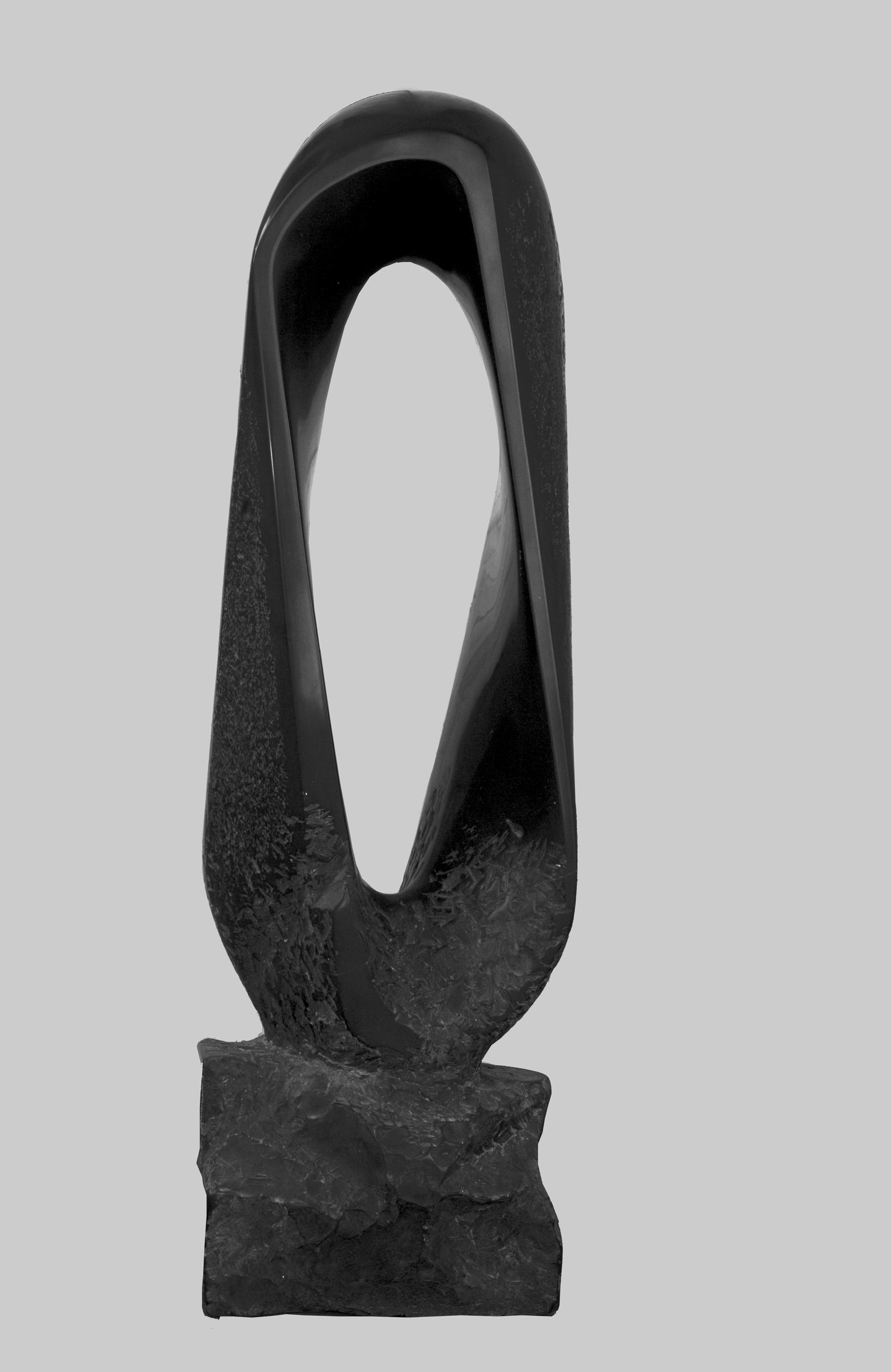
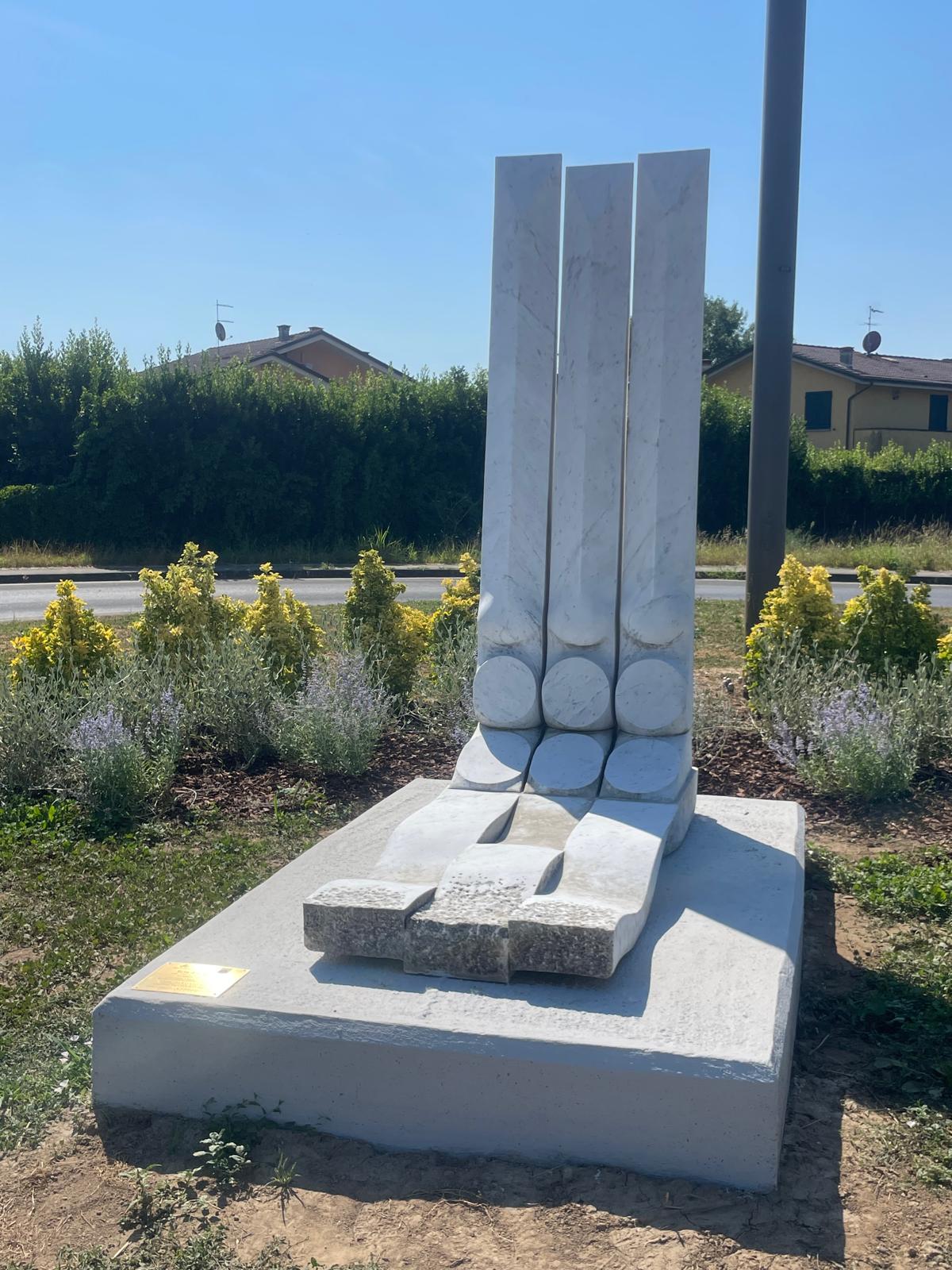
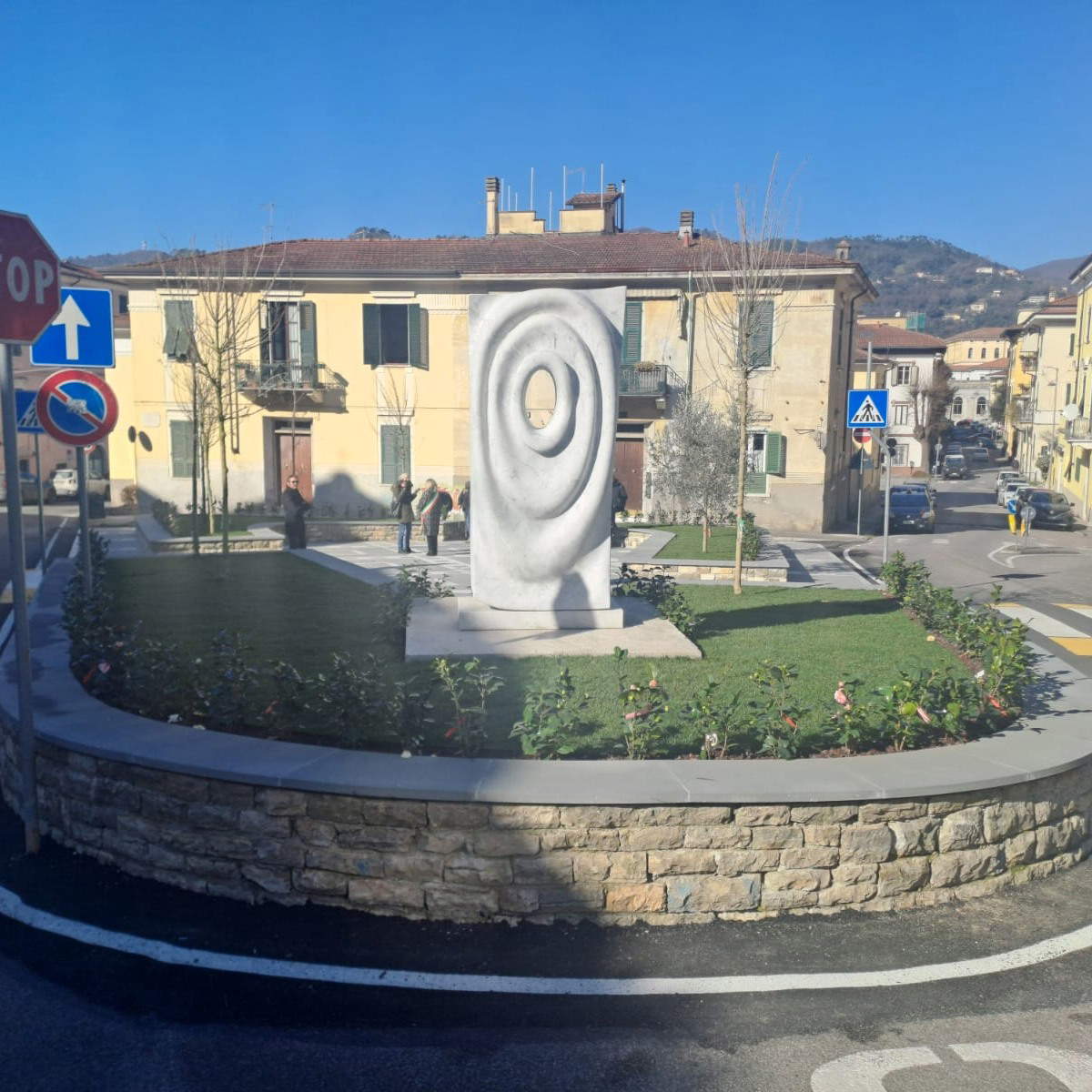

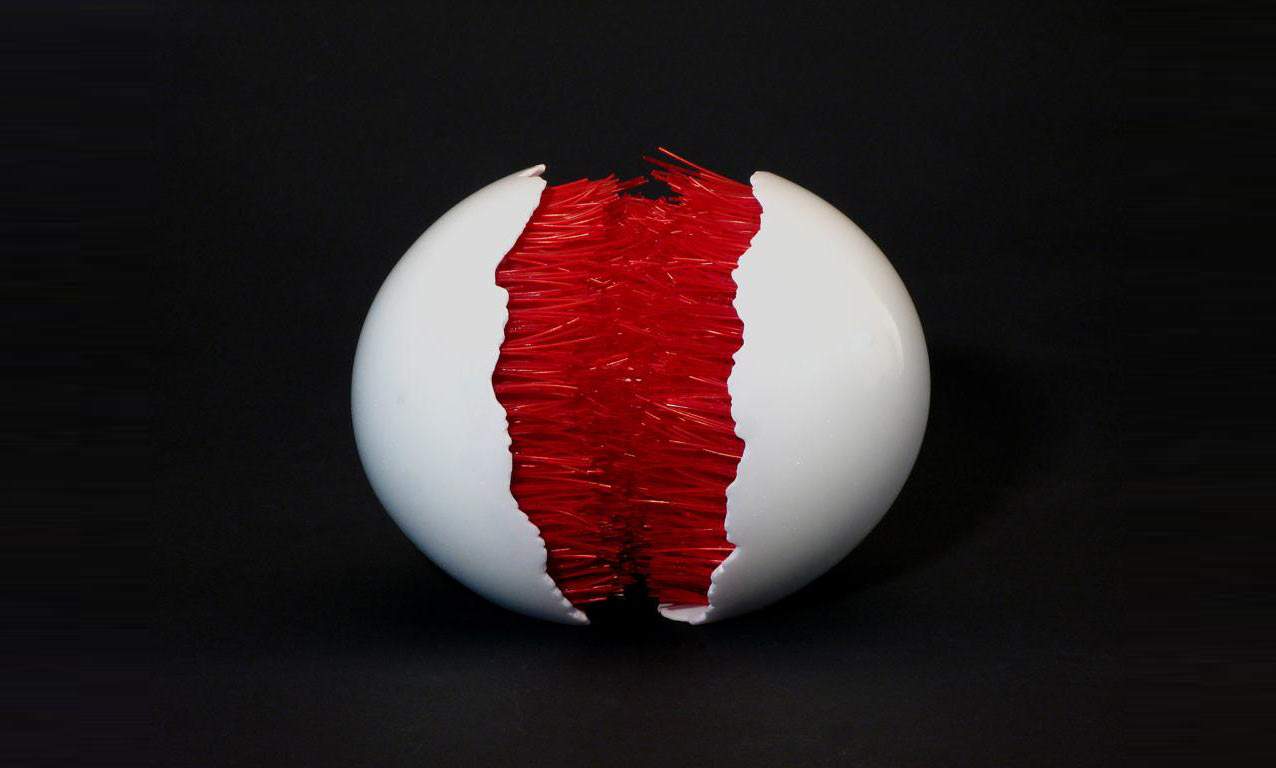
Among the younger artists who have chosen Carrara as their artistic home, Akiko Saheki (Tokyo, 1986) represents an interesting example of how new generations interpret the relationship between Japanese culture and the Tuscan territory. Born in Tokyo in 1986 and moved to Italy to complete her artistic training, Saheki studied at the Academy of Fine Arts in Carrara, where she currently lives and works. Her research focuses on illustration, a field in which she manages to blend the Japanese graphic tradition with European experience, creating images that celebrate feminine grace through characters of strong, self-aware women.
Yuji Sugimoto (Nara, 1986), on the other hand, represents the continuity of the Japanese sculptural tradition in Carrara. After working for ten years as a cultural heritage restoration craftsman in Kyoto, he moved to Italy in 2018 to study at the Academy of Fine Arts in Carrara. His first solo exhibition, “Un-Mask,” held in 2019, showed how even younger generations continue to find Apuan marble the ideal material for expressing their artistic sensibility, working that unique fusion of colorful pop forms and Zen philosophy that characterizes much contemporary Japanese art.
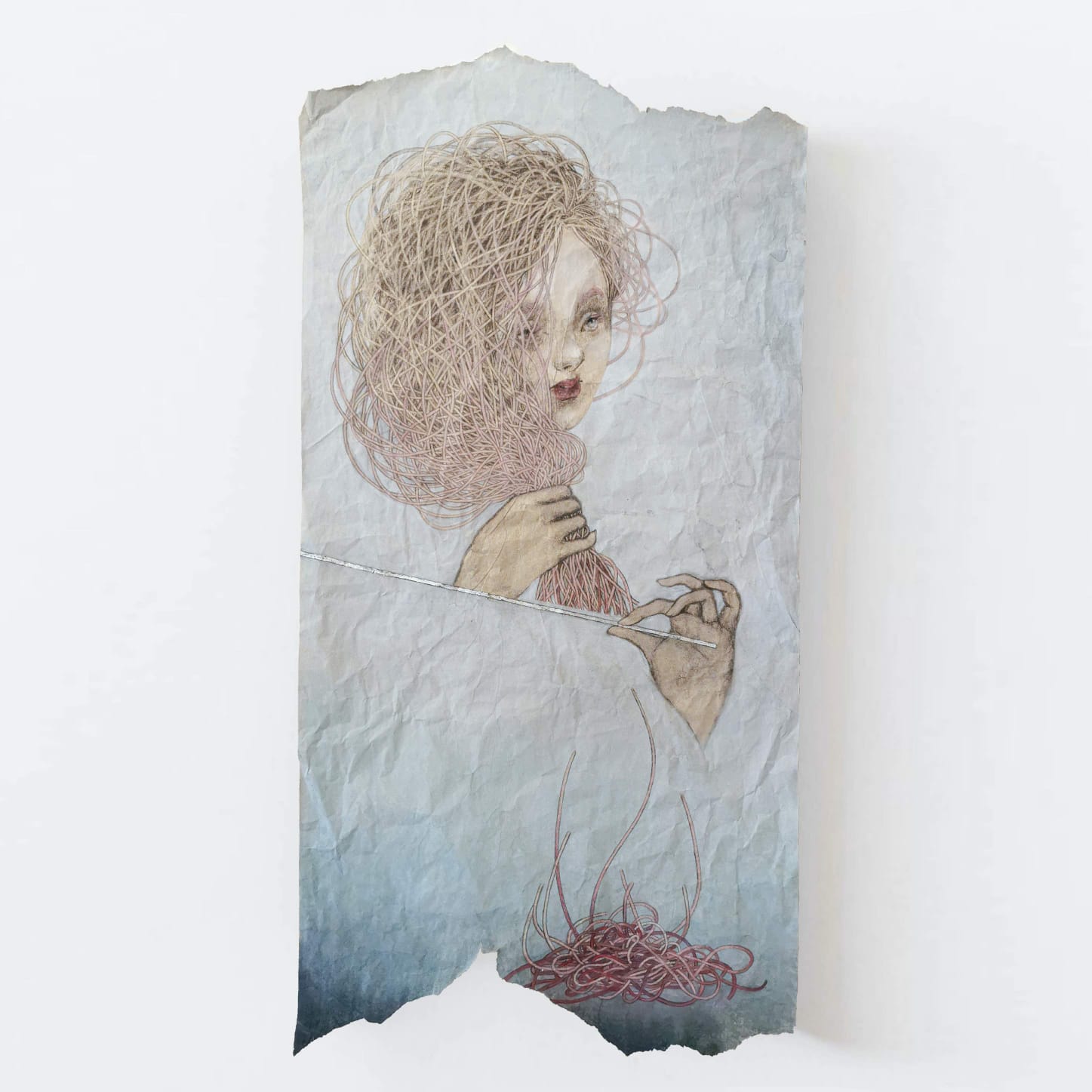
In addition to Carrara, Pietrasanta, with its specialized ateliers and its openness to international influences, has also attracted many Japanese artists who have found ideal conditions here to develop ambitious projects. Among the artists who have moved here is Kan Yasuda (Bibai, 1945), born on the island of Hokkaido: Yasuda established his main workshop in Pietrasanta years ago, after completing his training in Rome under Pericle Fazzini. His work represents one of the most successful syntheses of Japanese spirituality and Western modes of expression: his smooth, polished, round forms evoke both the sculptures of Hans Arp and Constantin Brâncuși and the essentiality of Zen aesthetics. As Tomō Shibahashi has observed, the challenge of Yasuda’s art is to “translate the invisible and intangible spirit into sculpture,” creating works that move between intimism and monumentality, always enhancing the intrinsic qualities of statuary marble. One of his most famous works, Myomu (“Key to the Dream”), stands in front of the Pietrasanta train station, and other of his sculptures are part of the new promenade on the Viareggio waterfront at the Terrace of the Republic.
Takashi Yukawa (Tokyo, 1961) also worked for many years in Pietrasanta, helping to establish the town’s reputation as a center of excellence for contemporary sculpture. His approach to marble reflects that quest for formal purity that characterizes much of contemporary Japanese sculpture, always striving to capture the essence of natural forms through a process of progressive simplification. One can also add Junkyu Muto (Sendai, 1950) among the artists who have chosen Pietrasanta as a base for their artistic research, developing a sculptural language that dialogues with the local tradition without renouncing its cultural roots. In 2003, Muto donated to the city of Pietrasanta the sculpture The Circle of the Wind, which has since been installed in Piazza Statuto: the work is considered by the artist to be a “living stone” that shows itself to the eyes of the relative as a ribbon moving in the wind, recalling the calligraphic techniques of Japanese writing.
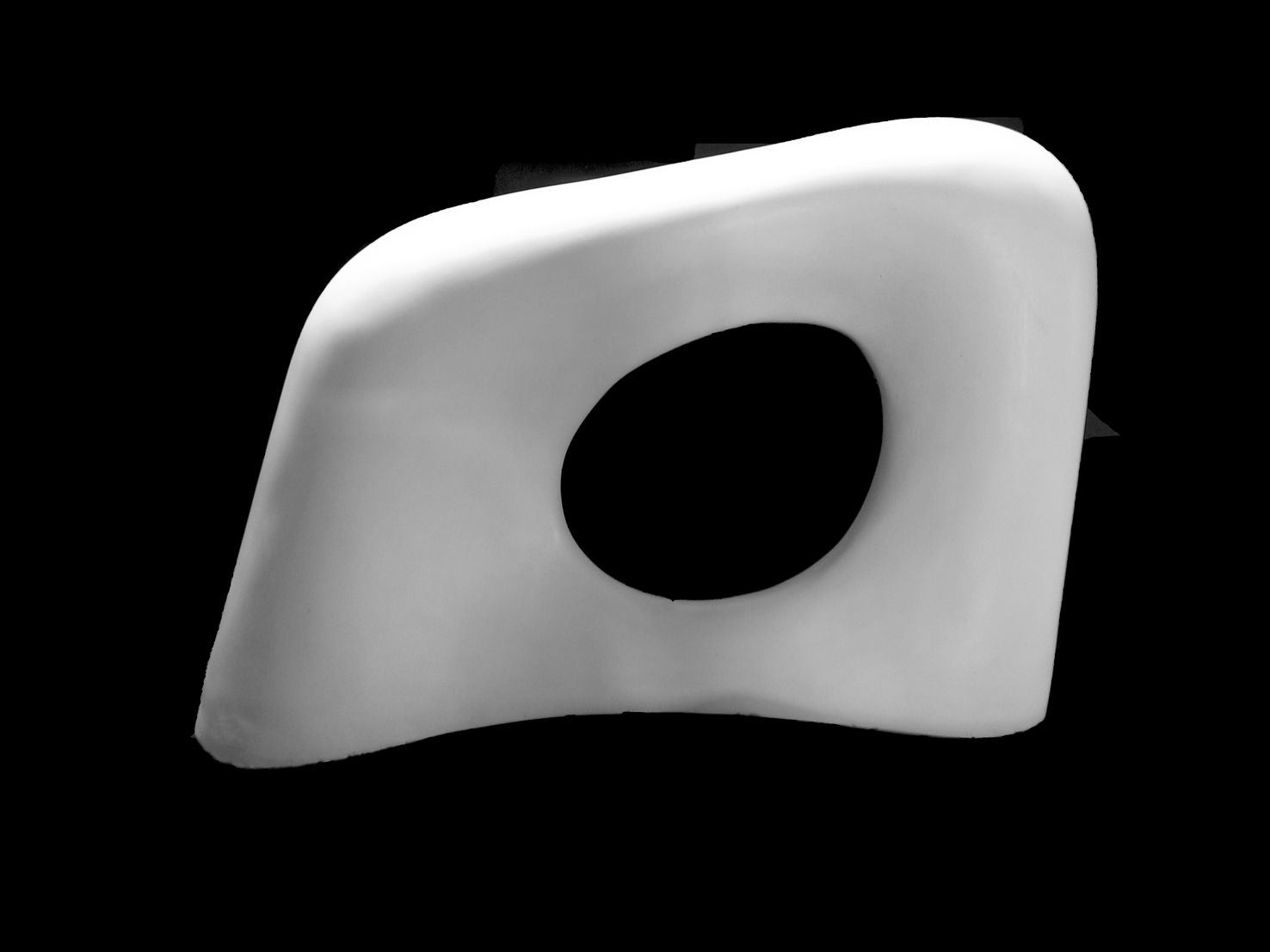
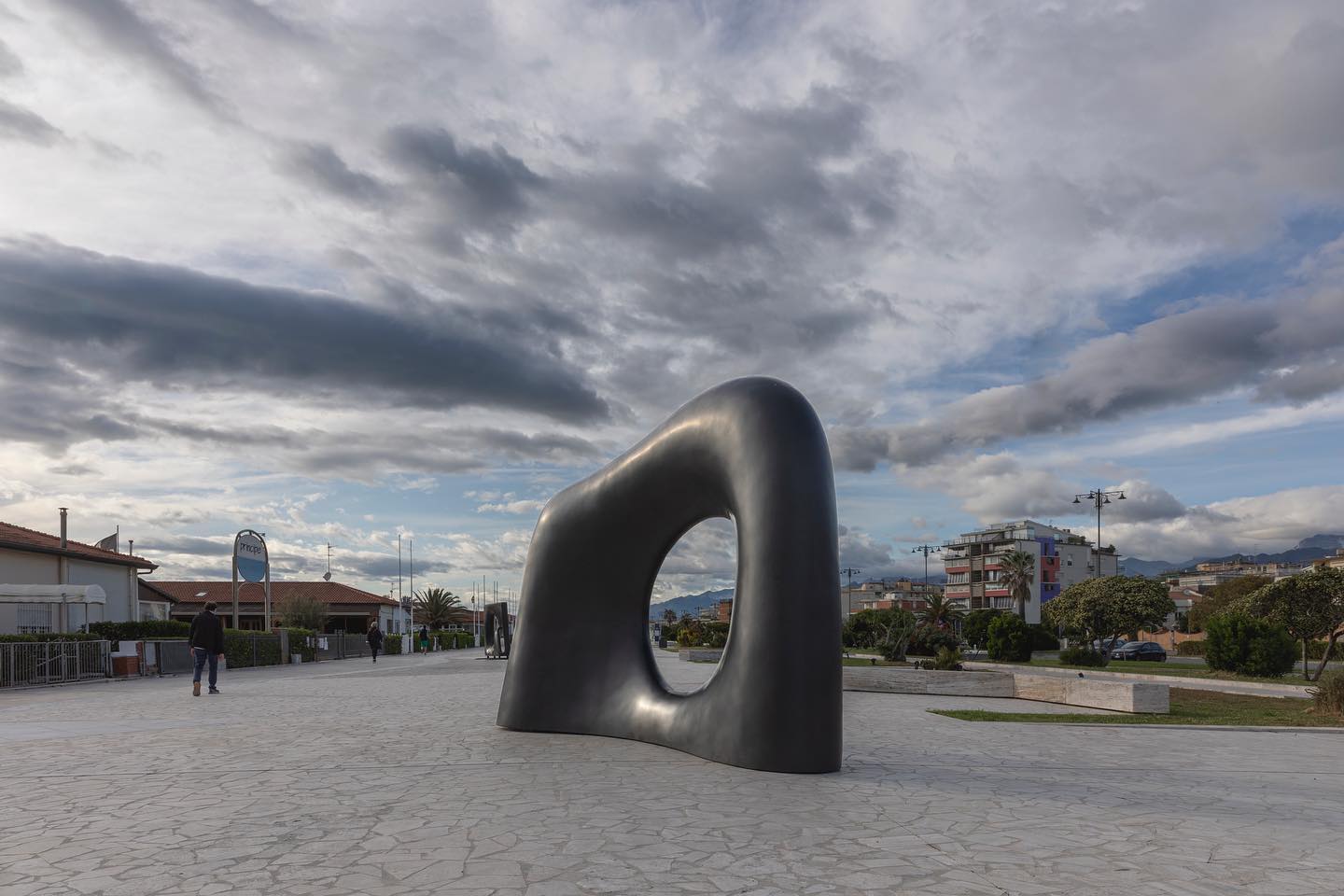
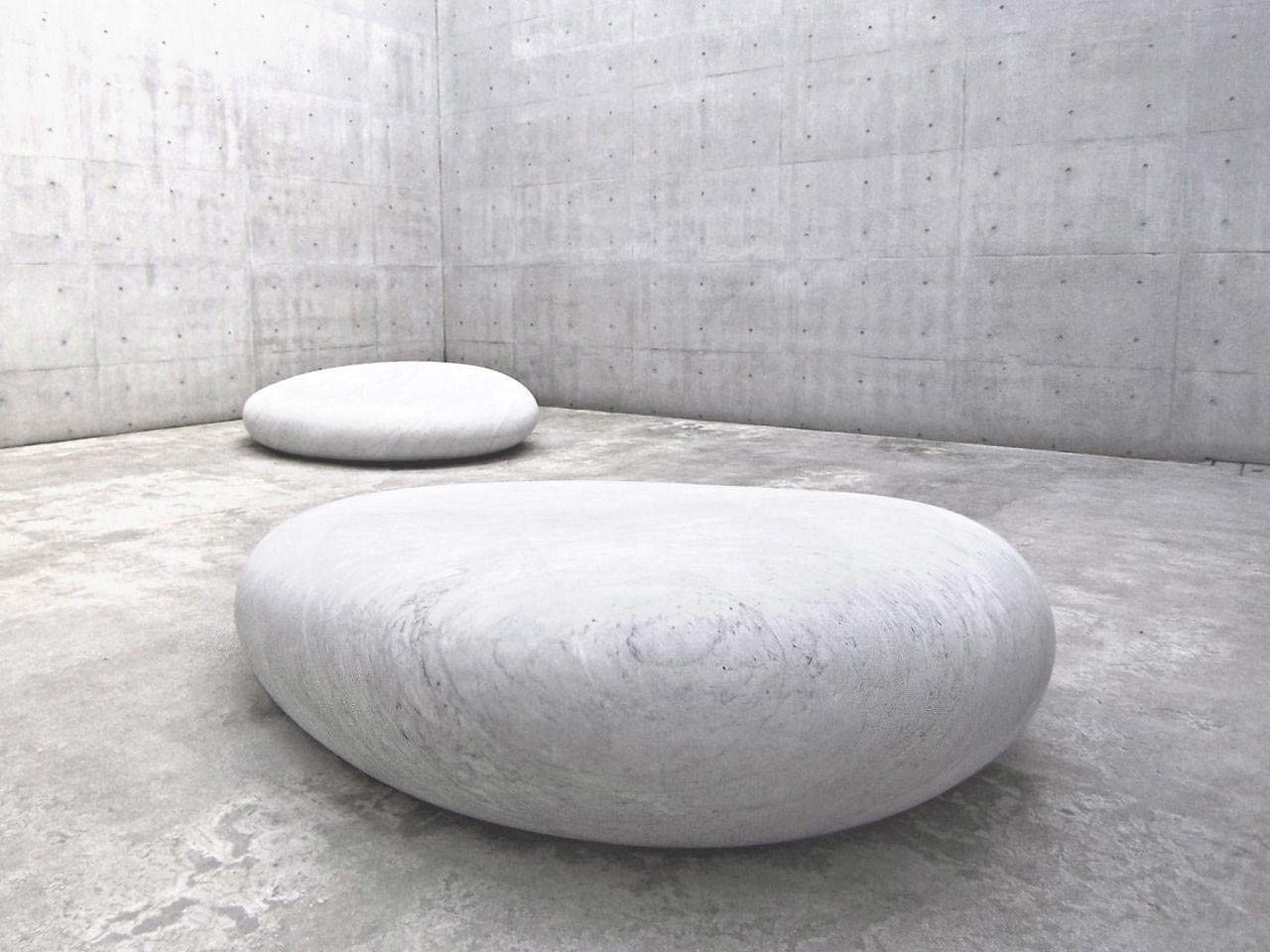
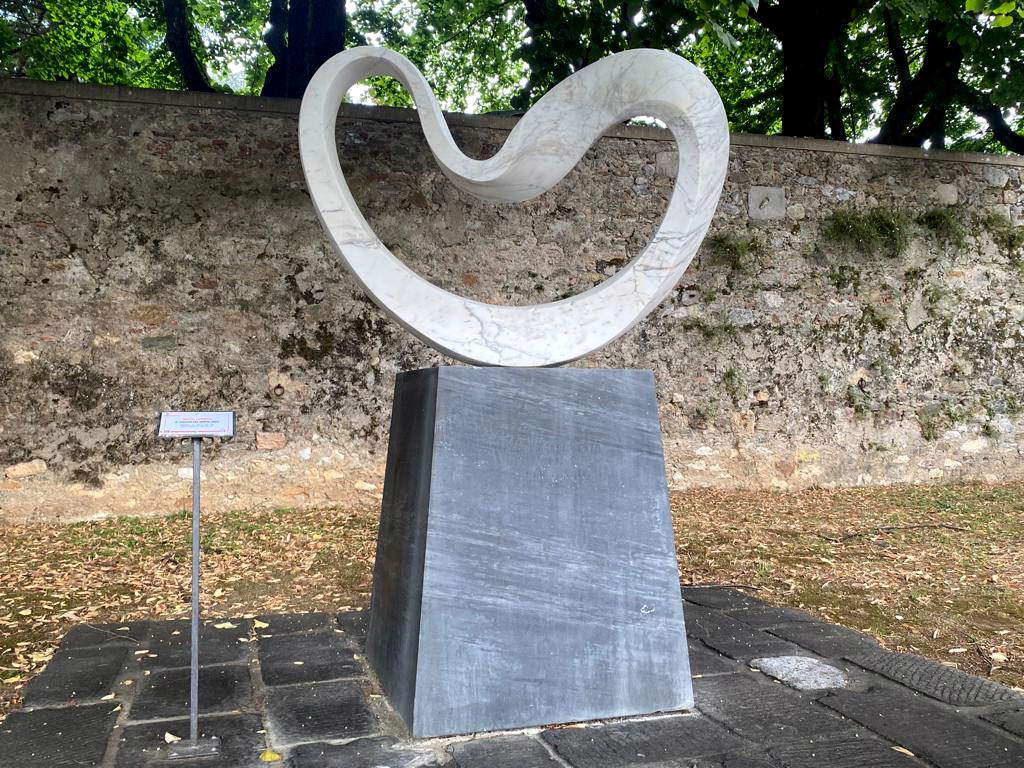
Carrara and Pietrasanta are not the only Tuscan cities characterized by the presence of Japanese artists. In San Gimignano, for example, Michiko Kimura (Tokyo, 1979) has found her own balance between painting, installation, and performance. The medieval village, known for its dynamic cultural scene, welcomes the Japanese artist who works on themes of memory, identity and transience. Her language embraces different techniques while maintaining a poetic coherence that reflects her dual belonging. Another artist such as Mariko Isozaki (Tokyo, 1964 - 2013) has been intertwined for years at Galleria Gagliardi in San Gimignano. Her production, which moves between figuration and abstraction, has been able to find in the Tuscan context a fertile environment for reflections on matter, the body, and the female condition. Her works, hosted on several occasions in the Sienese gallery, have helped build a bridge between Japanese sensibility and contemporary European culture. There are also many lesser-known artists and artisans who have opened their ateliers in Tuscany. Over the decades, this presence has generated an extraordinarily rich artistic and cultural heritage.
The works scattered throughout the region, from installations in museums to monumental sculptures in squares, from artistic fountains to contemporary gardens, testify to the fruitfulness of this encounter between different cultures. This phenomenon has also helped renew the Tuscan artistic tradition itself, introducing new aesthetic sensibilities and innovative techniques. Local artisans have learned to deal with different approaches to working with marble, while Japanese artists have increasingly mastered traditional European techniques. The result was a mutual enrichment that continues to bear interesting fruit.
The influence of the Japanese presence extends to the educational level as well, with the Carrara Academy of Fine Arts and other educational institutions welcoming numerous students from Japan, creating a circuit of cultural exchanges that continually nurtures new collaborations and artistic projects. Looking to the future, then, the presence of Japanese artists in Tuscany seems destined to be further consolidated: new generations demonstrate how this dialogue between cultures continues to produce original and innovative results. And Tuscany today continues to attract Japanese artists not only because of the beauty of its territory and the quality of its materials, but also because of that capacity for welcome and integration that has always characterized the region’s culture.
Warning: the translation into English of the original Italian article was created using automatic tools. We undertake to review all articles, but we do not guarantee the total absence of inaccuracies in the translation due to the program. You can find the original by clicking on the ITA button. If you find any mistake,please contact us.